When unexpected expenses arise, navigating the reimbursement process can feel daunting, but it doesn't have to be! Crafting the perfect reimbursement request letter is key to ensuring you get the approval you need without any hassle. In this article, we'll guide you through the essential elements of a successful reimbursement request letter to make it straightforward and effective. Ready to dive in and learn how to streamline your reimbursement process? Read more!
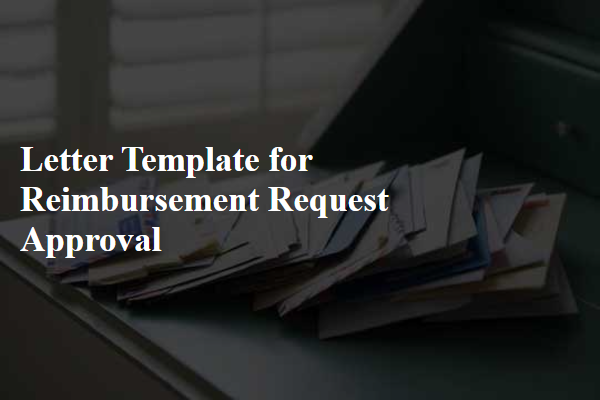
Clear contact information
Submitting a reimbursement request requires clear contact information to ensure efficient communication and swift processing. Essential details include your full name, which identifies you as the requester, followed by your current email address, essential for electronic correspondence. Additionally, include a direct phone number, allowing for prompt clarification if needed. Specify your department name, which aligns your request with organizational tracking systems, and include your employee identification number, enhancing the accuracy of reimbursement processes. Finally, provide the date of the request to establish a timeline for approval and processing.
Purpose of reimbursement
Unexpected medical expenses, such as hospital bills (averaging $2,000 in the U.S.), can significantly impact personal finances. Prescription medications, commonly costing between $10 to $300 per month, add to these expenses. Submitting a reimbursement request allows individuals to recover costs connected to services provided by healthcare facilities, such as doctors, specialists, and preventive care visits. Additionally, travel expenses for medical appointments, including transportation costs (averaging $50 per trip) and accommodations, may also warrant reimbursement consideration. Proper documentation, including invoices and receipts, ensures a smooth approval process for recovering these costs.
Detailed itemization of expenses
A comprehensive reimbursement request should include a precise itemization of expenses incurred during the business operation. Each entry must contain specific details, such as the date of the expense (month and day), the nature of the expense (e.g., travel, lodging, meals), the location where the expense took place (including city and state), and the amount spent (in U.S. dollars). For instance, a business trip to New York City might detail an airfare of $350 for a flight on March 15, 2023, accommodation costing $200 per night at the Hilton Hotel from March 15 to March 18, and meals totaling $75 at local restaurants. Additionally, receipts serving as proof of expenditure should be attached, enhancing credibility and simplifying the approval process. The request should clearly indicate the total amount being claimed, ensuring all entries correspond to company policy guidelines for reimbursable expenses.
Supporting documentation
Individuals seeking reimbursement must provide comprehensive supporting documentation to substantiate their claims. Essential elements include itemized receipts from recognized vendors or service providers, date of transaction, and the total amount charged. Additionally, relevant invoices detailing the provided services or products should accompany each request to ensure clarity. Approval may also require a completed reimbursement form, indicating the purpose of the expense, the project or event associated with the expenditure, and any prior authorization. For travel-related reimbursements, travelers should include itineraries, boarding passes, and any proof of lodging expenses, adhering to established organizational policies for eligible expenses. Detailed documentation not only expedites the approval process but also maintains compliance with financial regulations.
Approval signature and date
To initiate the reimbursement process, the need for an official approval signature and date is essential for validation. The approval signature, typically from a supervisor or finance manager, signifies review and consent for the reimbursement claim submitted, ensuring compliance with company policies. The date affixed alongside the signature represents the formal acknowledgment of the request, providing a timeline for processing. This documentation is crucial for maintaining accurate financial records and facilitating timely reimbursements to employees or stakeholders involved.


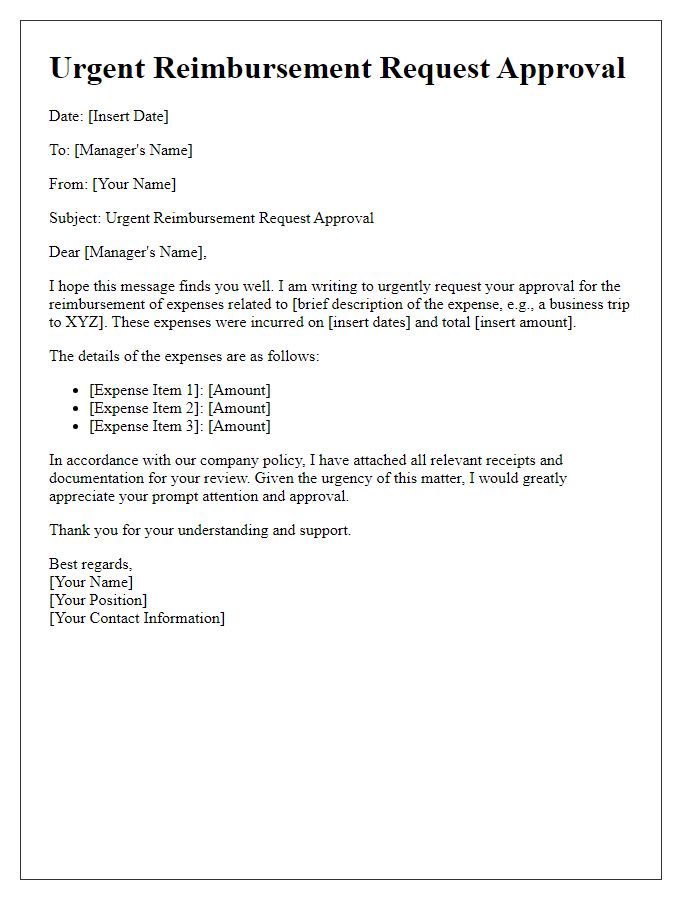
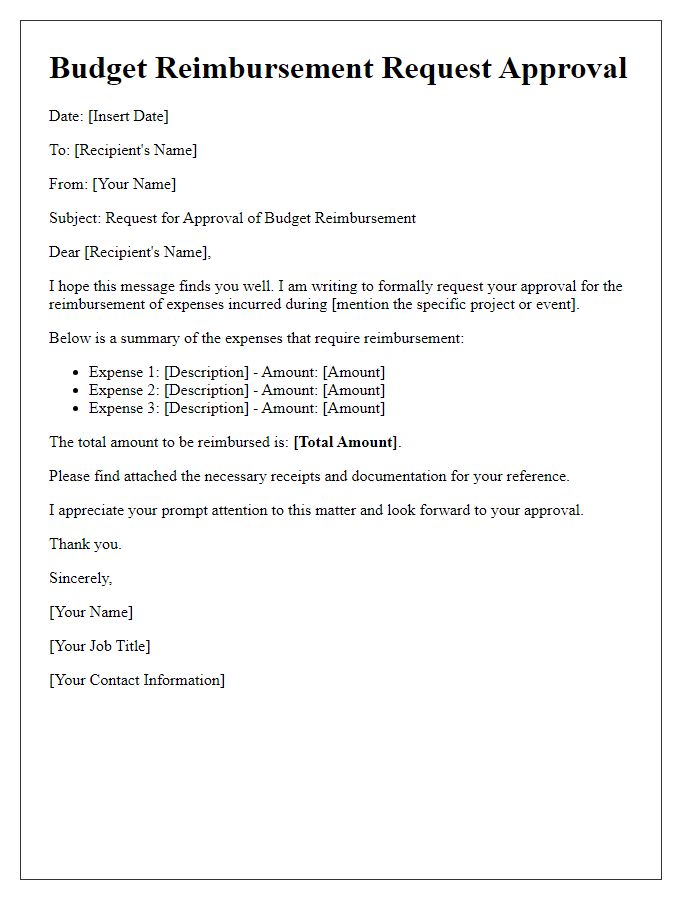
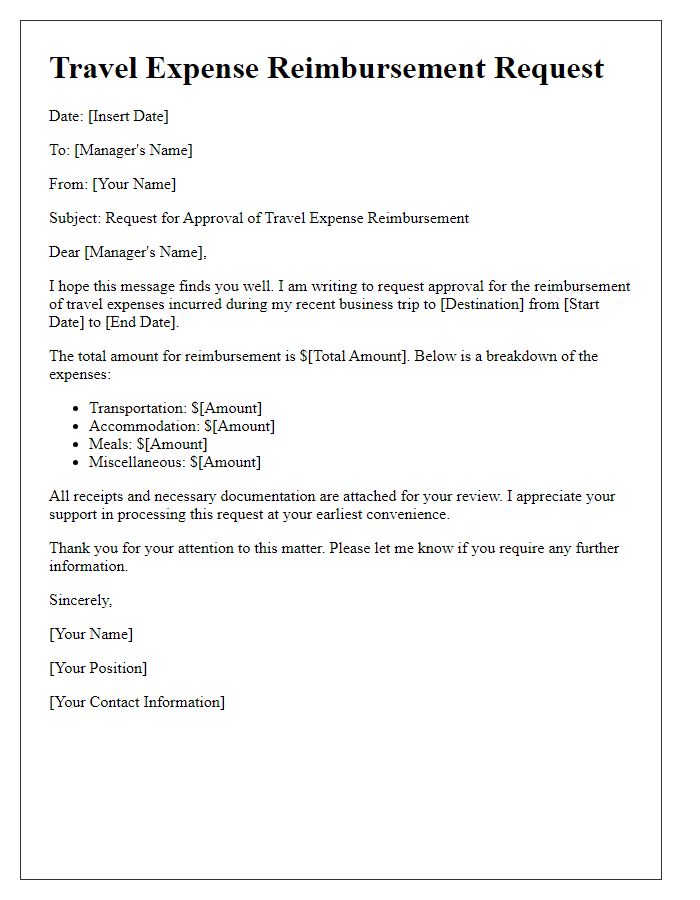
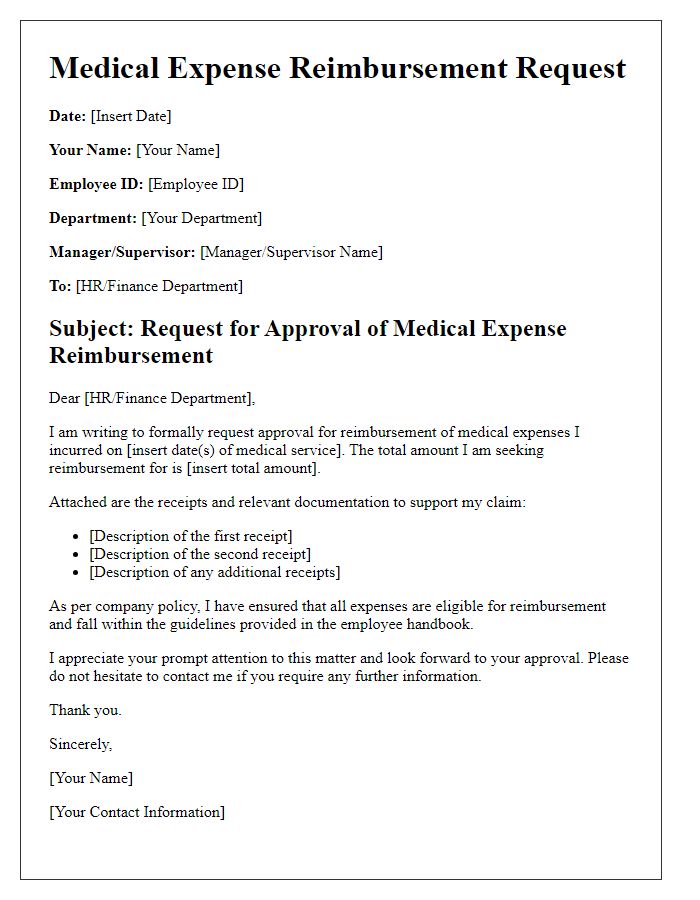
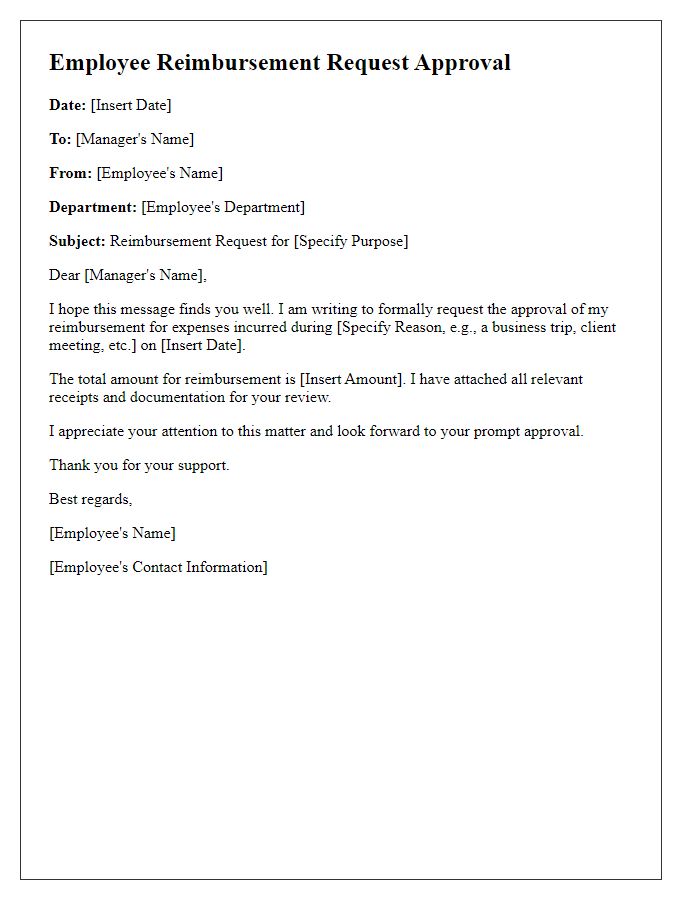
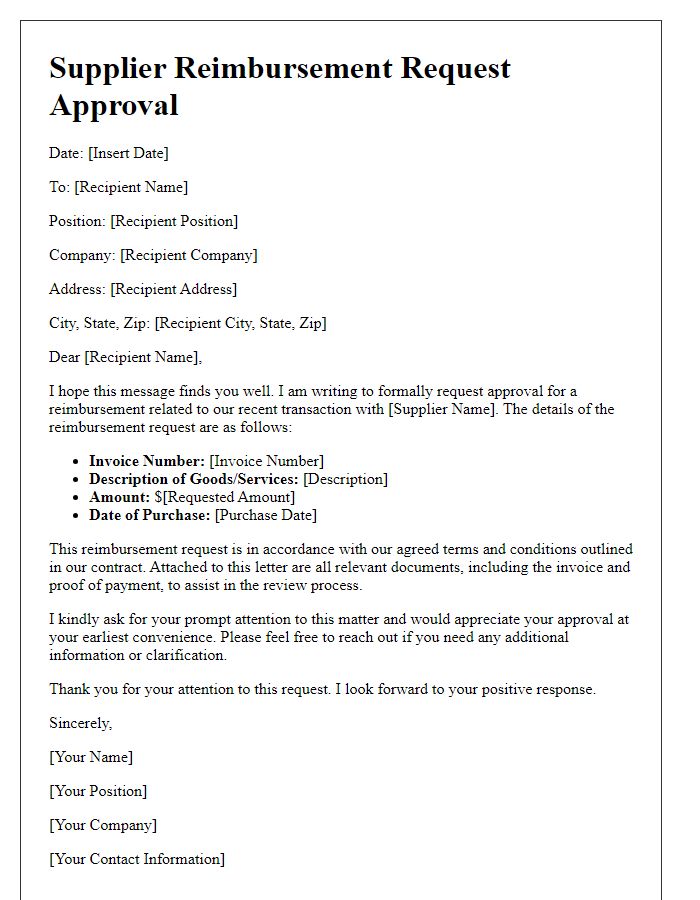
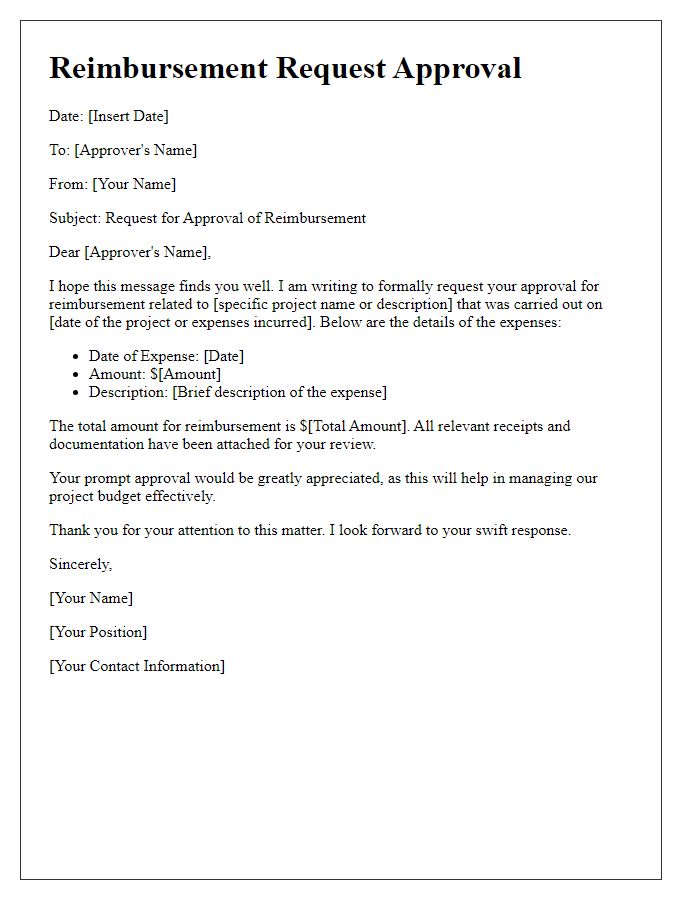
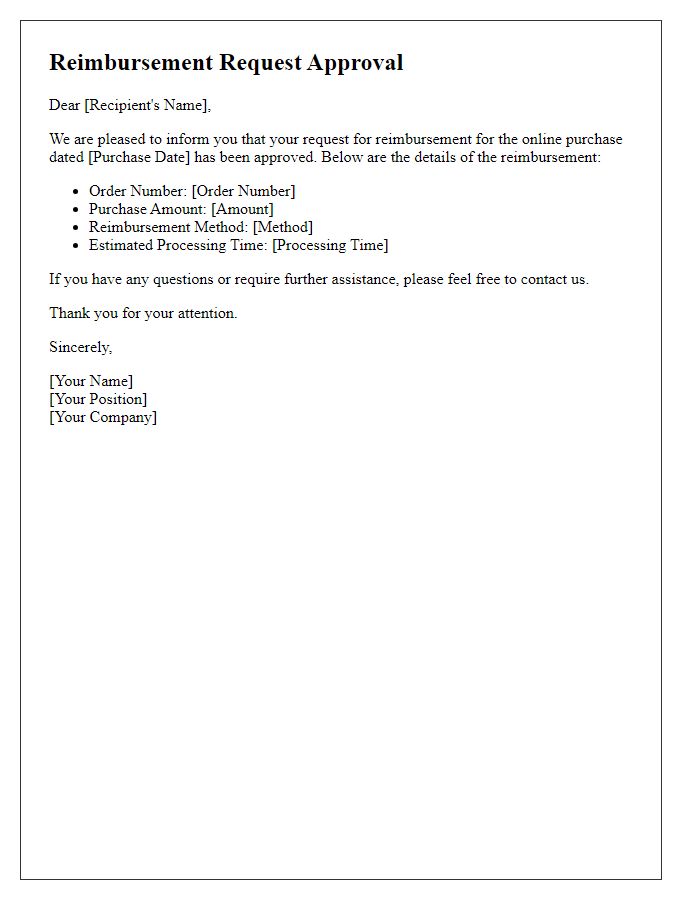
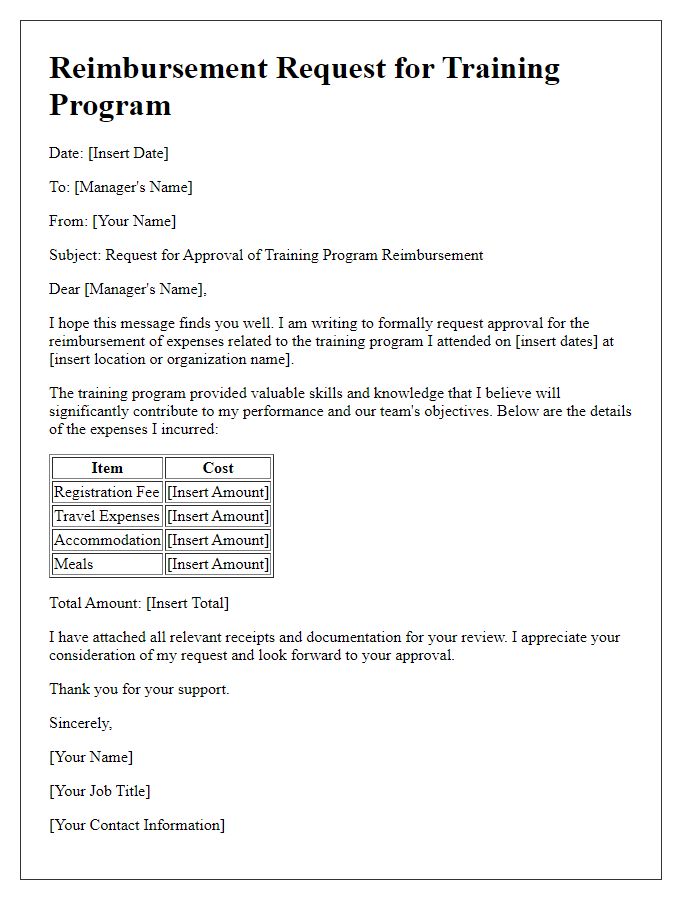


Comments